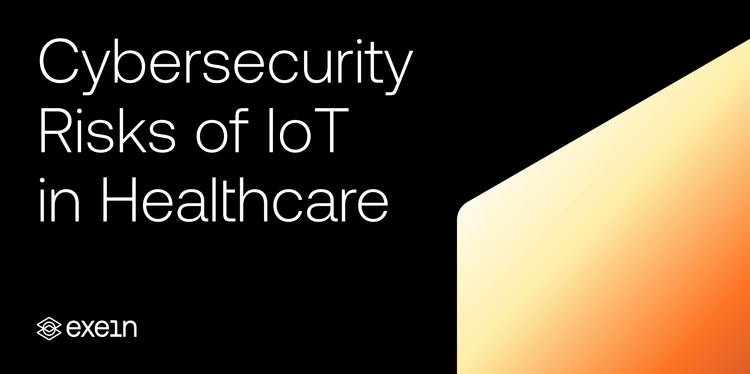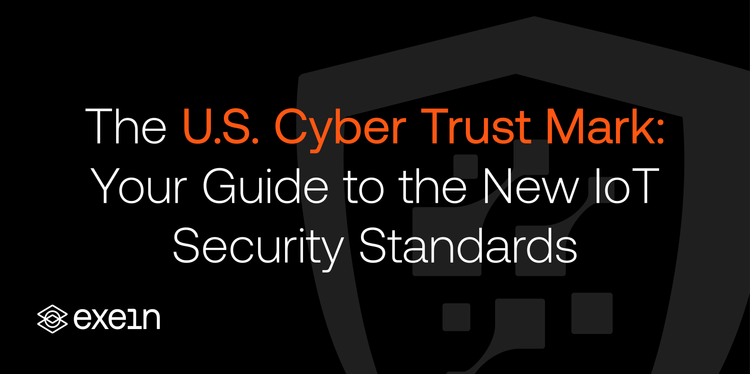The Role of Virtual Reality in Healthcare: Immersive Experiences for Healing and Rehabilitation

In the fast-changing world of health technology, one innovation stands out as particularly transformative - Virtual Reality (VR). VR represents a paradigm shift in how we approach healing and recovery, offering unique, immersive experiences that have the potential to fundamentally change the trajectory of patient care. Its capacity to create these experiences is not limited to standalone applications but is increasingly being integrated with other elements of the digital ecosystem, most notably the Internet of Things (IoT) devices.
However, as VR becomes more connected with IoT devices, the question of security arises. IoT devices, due to their connectivity, can often be vulnerable to security breaches, and this vulnerability could potentially be exploited when these devices are used in conjunction with VR applications. This is an issue that cannot be ignored and requires a focused approach to ensure the integrity of these systems.
The Evolution of VR in Healthcare
Since its inception, VR (Virtual Reality) has evolved from being a mere concept to becoming an integral component in the healthcare industry. It's not just about creating realistic scenarios; it has emerged as a versatile tool that serves multiple purposes. It's being used for therapeutic applications, as a training aid for medical professionals, and as a strategic method for enhancing the quality of patient care. As the technological landscape advances, VR has started incorporating real-time data from IoT (Internet of Things) devices, offering immersive and interactive experiences.
This has opened up a world of possibilities, transforming the way we approach healthcare. However, with these advancements comes the challenge of ensuring these technologies interact seamlessly and safely. The importance of integrating these technologies effectively cannot be overstated, as it becomes a significant factor in realizing the full potential of VR in healthcare.
IoT Security in Healthcare VR Applications
Security is really important in VR healthcare because many devices are connected together. Each device, like ones that track patient health or wearable tech in the VR system, could let in cyber threats. So, it's key to add strong security features to each device from the start. This helps protect important health information from possible threats and keeps the system safe.
Regulations like the European Cyber Resilience Act and the US Cyber Trust Mark show why having a standard set of security rules is needed. These rules make sure that all devices in VR healthcare are smart and can resist security threats. Their goal is to create a safe place where technology and healthcare can work together smoothly.
Exein: Pioneering Embedded Security for IoT
Exein is a top player in the area of built-in security, leading the way with its unique approach to IoT security solutions. They use new technologies to handle security issues in the fast-growing world of IoT threats, with a special focus on VR devices in healthcare.
Their advanced security steps make sure these VR tools are not just excellent for healthcare services, but are also protected from cyber risks. This detailed focus on security is vital in a time when IoT devices can often face more cyber threats due to their interconnected nature.
Exein allows healthcare providers to use VR technologies in their systems with confidence, knowing their devices are defended by strong IoT security measures. These measures are designed to fight even the most complex cyber threats.
In a time when more healthcare providers are using IoT devices, Exein stands out by offering strong security solutions for this industry. Their unwavering focus on keeping VR devices in healthcare safe shows their innovative approach and leadership in the industry.
The Impact of Secure IoT Devices on Healthcare VR
Using secure Internet of Things (IoT) devices changes how we use virtual reality (VR) in healthcare. These devices make the data and interactions in VR more reliable and trustworthy, which is very important for successful treatment.
For example, in stroke rehabilitation, VR is often used. The accuracy and security of devices like motion sensors and wearables can really affect how well the treatment works. This is because the quality of the data these devices collect is used to adjust the treatment. So, secure IoT devices are very important.
Companies like Exein make sure these IoT devices are secure. They use different security measures to lower risks and make sure the interactions in the VR environment are safe. This not only protects the devices but also the sensitive health data they collect and send. This shows why secure IoT devices are needed in healthcare VR applications.
The Future of IoT Security in Healthcare VR
In the future, the safety of Internet Things (IoT) in healthcare Virtual Reality (VR) will become very important. Improvements in built-in security will keep growing, guided by rules like the European Cyber Resilience Act and the US Cyber Trust Mark. We can see a future where VR programs not only give patients amazing experiences, but are also very safe. This is possible because of leading companies like Exein, who make secure IoT. These efforts are not just about making great digital worlds, but also about making sure users are safe and private. This gives them the confidence to use these new technologies without fear.
Conclusion
The mix of Virtual Reality (VR) and Internet of Things (IoT) has changed healthcare in big ways, making things possible that we only used to see in sci-fi movies. These technologies help us find new ways to get better and to take care of our health, making the experience more real for both patients and doctors.
But, these technologies can only work well if they're safe to use. With more and more digital threats appearing every day, we can't ignore the need for strong IoT security. To make sure these technologies are safe and work as they should, we need to follow strict rules and be ready to fight off any cyber attacks.
Companies like Exein are doing important work in this area. They constantly work on making IoT devices used in healthcare safer. They help a lot in strengthening the digital security that protects our personal health information and makes sure these new technologies work well.
As we start using more VR and IoT in healthcare, we have to think about not just what these technologies can do, but also how safe they are. We need to find a balance between making progress and keeping things secure to create a healthcare system that is advanced, immersive, and safe for everyone.




